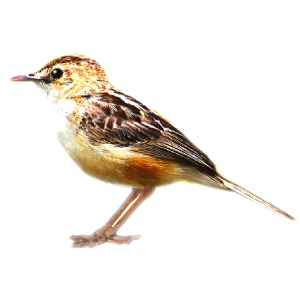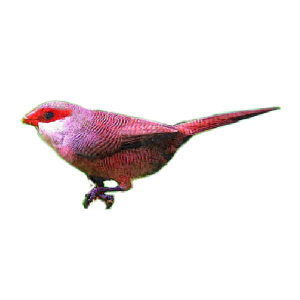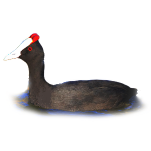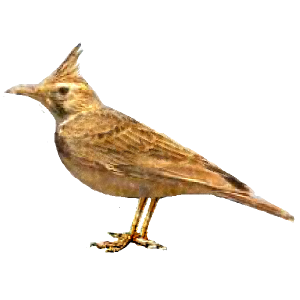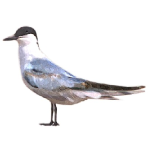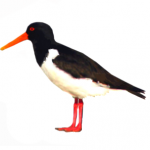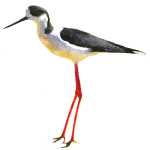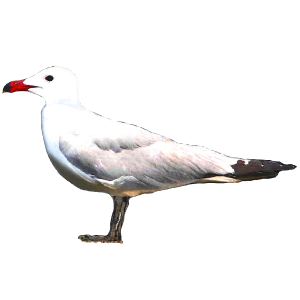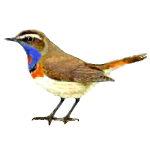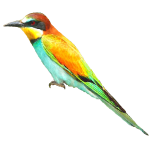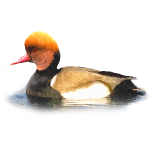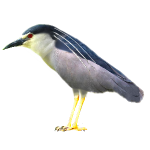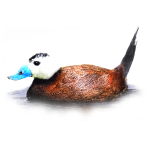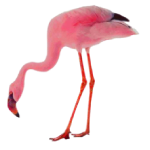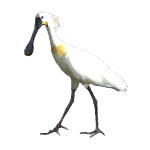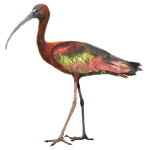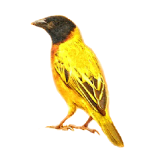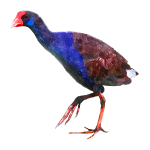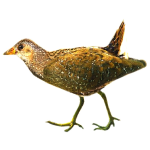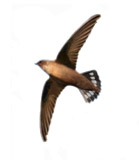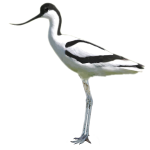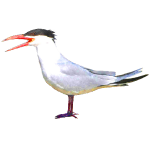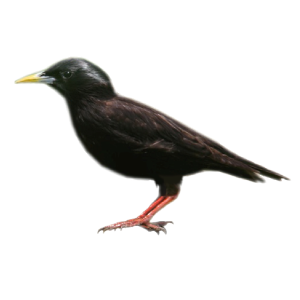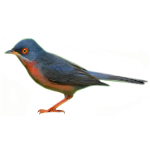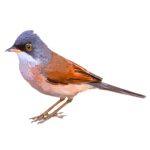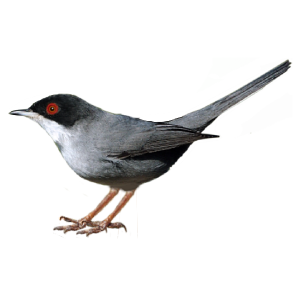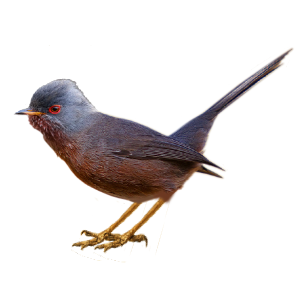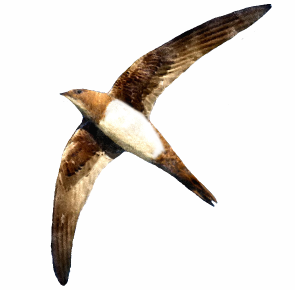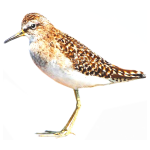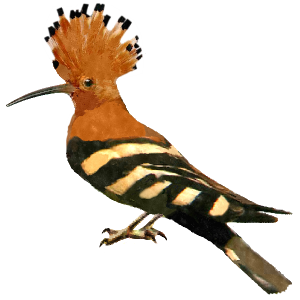HOTSPOT FACTSHEET: SALGADOS LAGOON | PERA MARSH
Location: Salgados, Pera / Vale de Parra; Silves and Albufeira municipalities, Central Algarve | Coordinates: 37° 5′ 41.8086″ N, -8° 20′ 5.6076″ W (Lat/Long); 37.094947 N, -8.334891 W (decimal degrees) | Code: SL1 | Completion Time: up to 2-3 hours | Best Time for Birdwatching: Spring, Autumn and Winter; all seasons offer good birding opportunities | Legal Status: None; however, it is considered an Important Bird Area (IBA – Birdlife International) | Activities: birding; nature walks; cycling, running & other outdoor activities; sightseeing; water sports; extreme sports;
[PLEASE CHECK SALGADOS’ BIRD SPECIALITIES AT THE BOTTOM OF THIS PAGE] This area is located at the confluence of two small streams that feed the wetlands during the short and erratic rainy season. The marshy areas also receive a large amount of water from a treatment plant located further upstream. Without it, the Salgados lagoon would likely dry out in the summer; predominantly bordered by common reed, bulrush and spiny rush, the lagoon is detached from the adjoining marine environment by a dry sandy channel whose natural opening only occurs in times of intense rainfall. To the north and west, the main water body is surrounded by meadows, scattered pine trees, and small orchards; in spring and summer, this expanse is overflown by the colourful Bee-eater and the duller Greater Short-toed Lark, whereas in winter it is inhabited by the rare Richard’s Pipit; here, noteworthy passage migrants include Spectacled and Subalpine Warblers, Northern Wheatear, and Whinchat. Birds like the Waxbill, the Hoopoe, the Crested Lark, the Spotless Starling and the Sardinian Warbler are residents.
The eastern bank of the lagoon runs along a golf course enclosing several man-made ponds and small lakes. It is always worthwhile to explore the boundaries of the golf course, as this is the preferred habitat of the iconic Purple Swamphen. The former agricultural areas extending northwest will (in all probability) be replaced by a large resort: in spite of all the persistent efforts carried out by several Portuguese and foreign institutions – like the SPEA and the RSPB – this site completely lacks legal protection status, and it is therefore subjected to several environmental threats. In fact, Salgados shelters regionally significant populations of waterbirds that include migrating and wintering Spoonbills, Glossy Ibis, Purple Herons, Black-winged Stilts, and the country’s only breeding Ferruginous Ducks (a globally endangered species). Together with the White-headed Duck and the Spotted Crake, this duck is one of rarest waterbirds that have been observed at the Salgados lagoon. Commoner duck species include the Red-crested and Common Pochards, the Shoveler, the Gadwall, the Garganey, Mallards, Eurasian Teals and Northern Pintails. The quantity of ducks may increase rather substantially during autumn and winter but, ultimately, the number of birds will depend on the water levels of the shallow lagoon. Tipically, the most abundant waterbirds are the Eurasian Coot, the Little Grebe and the Moorhen.
The Red-knobbed Coot and the Black-necked Grebe (both very infrequent/rare) may also occur across Pera Marsh. The halophytic vegetation is a haven to Squacco and Black-crowned Night Herons – in small numbers – and to wintering Bluethroats, as well as to resident Zitting Cisticolas and Black-headed Weavers. Waders showing up in significant quantities include Wood Sandpiper, Kentish Plover, Bar-tailed Godwit, Ruff, Black-tailed Godwit, Ringed Plover, Ruddy Turnstone, Sandpiper, Redshank and Greenshank.
The unmistakable Caspian Tern winters in the area, and the much smaller Black Tern (a passage migrant), turns up in May-June and between late August and September. Other passage migrants include Curlew Sandpiper and Whiskered Tern. Gull-billed Terns are also passage birds, mostly in spring. The wetland also attracts several species of swifts, such as the Pallid and Alpine Swifts; Chimney Swifts have also been recorded at Salgados in the recent past. Among predators, the most common bird species are Peregrine Falcon, Kestrel, Little Owl and Western Marsh-harrier. Given its dimension, the lagoon is an impressive hotspot for rarities: Northern Bald Ibis, Ruddy Shelduck, Lesser Flamingo, Sociable Lapwing, Pectoral Sandpiper, Lesser Scaup, Ring-necked Duck, Green-winged Teal, Long-billed Dowitcher and Franklin’s Gull are a few examples of recently spotted species.
If you prefer quieter settings, the best time to visit the lagoon is always very early in the morning and on weekdays. During weekends the area surrounding Salgados and Praia Grande is visited by relatively large gatherings of people. However, the best lighting conditions tend to occur in the evening. Throughout summer it might prove difficult to find available space to park a vehicle later in the morning. Sometimes, in extended dry periods, the lagoon dries out and birdlife all but disappears from Salgados. This is a relatively rare occurrence nowadays, though. Only accessible on foot or by bicycle, along the southern margins there is a boardwalk starting at the Praia Grande car park that provides a good overview of the dunes and the wetland. Running for about 5.5 km, there is also a signposted trail (the Praia Grande Interpretation Trail) crossing the farmland that extends to the west of Salgados. Its path encounters a marshy area – located at the mouth of the Alcantarilha stream – which usually shelters some waders and herons. Currently, the whole area around Salgados is under threat, because there are plans to build a mega-resort in its immediate vicinity. Portuguese and international NGOs, as well as many national and foreign citizens, strongly oppose those plans. The final resolution regarding further land development is still under fierce public discussion.
By car, it takes about 30-35 minutes to reach the Alvor Estuary, the most important and diverse wetland in Western Algarve (you can check directions using the Google Map above: right-click on the map to get directions to or from a given location). Northeast of Salgados, in Paderne – and also about 30 minutes away – the Quarteira stream has carved a narrow, winding valley through limestone hills. There, you’ll find a very particular Mediterranean flora, the ruins of a curious Moorish castle from the 12th century, and some bird species that are usually absent from the coast, such as the Orphean Warbler, the Red-rumped Swallow and the Iberian Chiffchaff, among others.

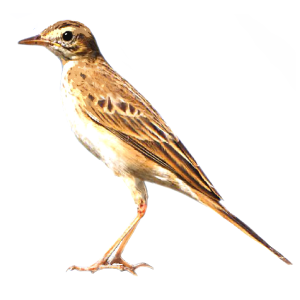
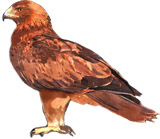
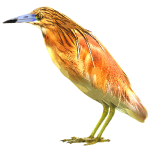
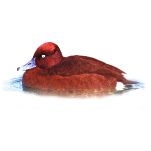
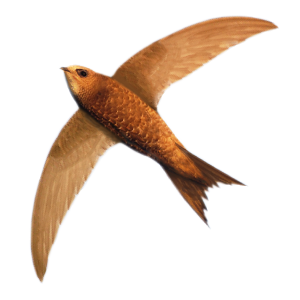
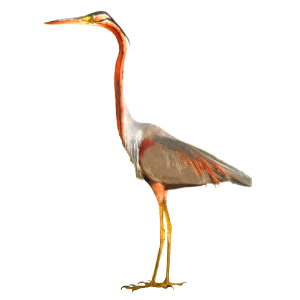
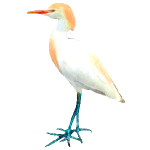
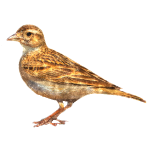
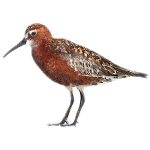
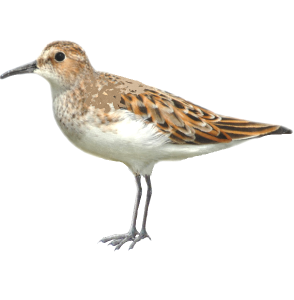
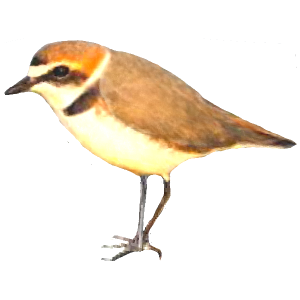
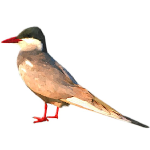
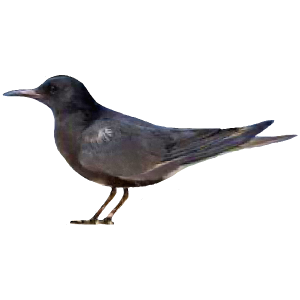
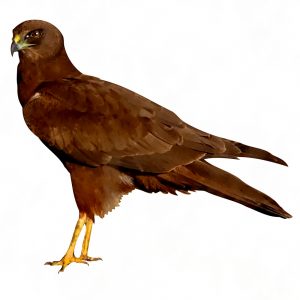 Circus aeruginosus
Circus aeruginosus